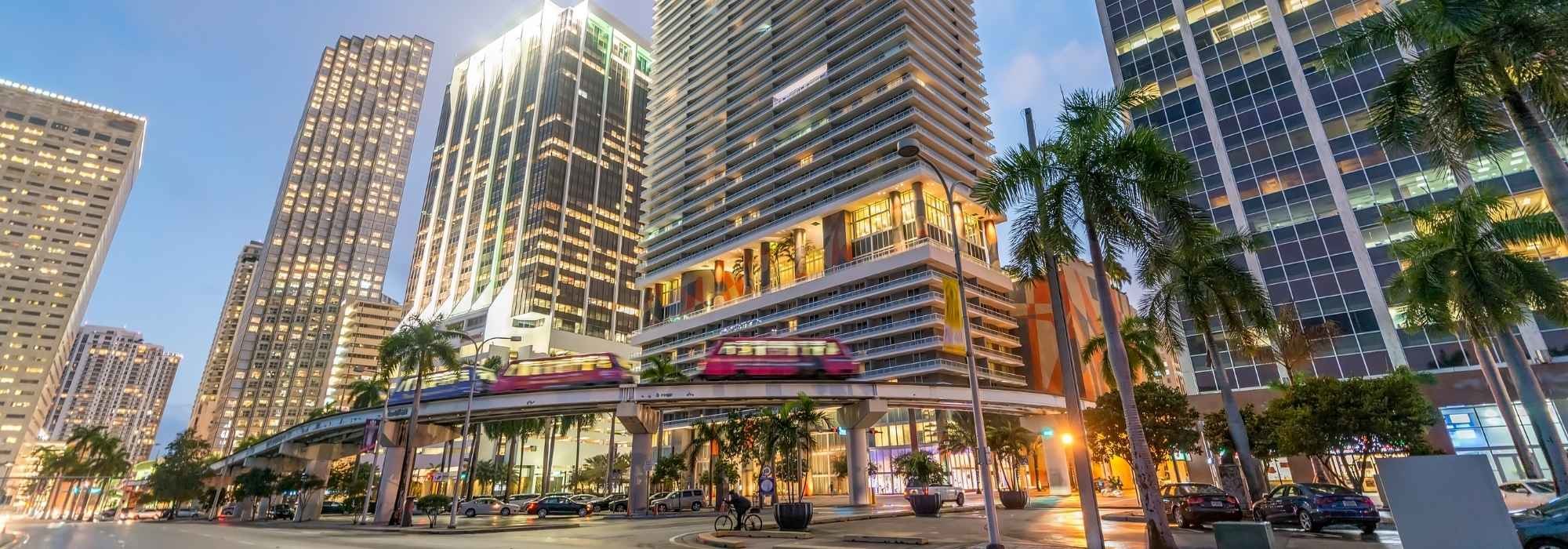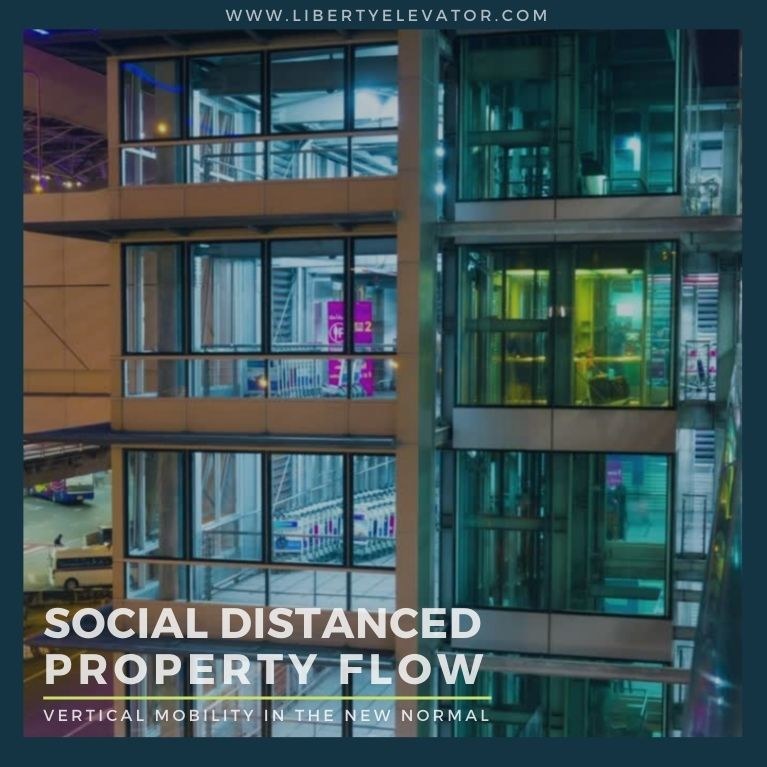VERTICAL MOBILITY IN THE NEW NORMAL
Your elevator will play a pivotal role in reopening your business. As we return to the workplace, we have entered into a bizarre world we don’t quite recognize with new social distancing regulations, mask requirements & disinfection guidelines. Many of us now have more questions than answers. We are all in this together as we experiencing similar challenges within our businesses such as access/egress of staff while maintaining 6’ social distancing, rearranging our office work areas, setting up hand sanitizing stations, directing traffic flow around our facilities and trying to figure out the safest way to use the elevator.
SOCIAL DISTANCING IN AN ELEVATOR
The Center for Disease Control and Prevention recommends practicing social distancing of at least 6 feet. But how do you socially distance yourself in an elevator?
As businesses begin to reopen, Bloomberg Law notes that buildings may need to limit the number of people allowed in an elevator, especially since the virus can linger in the air if not properly filtered. While this may initially result in long lines and delayed workers, building owners will need to get creative with new vertical transportation solutions.
In many high rise buildings we’ll likely see coordinated elevator usage, similar to Destination Dispatch systems, sending paired riders to their assigned floors. This will allow the property owner to manage both the elevator capacity and floor access.
Using a virtual concierge systems can issue guests a mobile bar code or blue tooth signature that will give them dedicated elevator access times and floor assignments, thus integrating the buildings security & vertical transportation systems to help manage the property traffic flow.
Designating elevators & clearly communicating your process with your guest will help to create an organized flow of traffic in your building’s lobby while assisting in maintaining appropriate social distancing.
It’s also an opportune time to ensure that your elevators are covered by an elevator maintenance plan, as downtimes could greatly impact your business’ efficiency now more than ever.
- Office elevators will likely be limited to two - four people at a time.
- Long wait lines pose an operational and social distancing headache for many businesses.
- Queuing access & egress to your building will become critical to business efficiency.
- Assigning arrival times & split schedules is one step to addressing safe traffic flow.
HOW 25% OCCUPANCY EFFECTS ELEVATOR TRAFFIC
Here is a mathematical equation to help you get your head around the elevator traffic required to get your office staffed in a timely manner. For this problem we will use a five story building with 2 elevators & 2000 occupants on a given day, this will help you visualize the new normal. You will be accessing the elevator from a lower level with five floors of office space.
Your building’s total occupancy multiplied by 25%, (2000 x .25 = 500) that’s simple enough. Now your recommended occupancy is 500 employees. Divide that number by your property’s total number of floors. For example, if you have 5 floors (500 / 5 = 100). Ok, that’s manageable, you can have approximately 100 employees per floor. If your elevator capacity is 2 guests per trip, then divide your previous total by two (100 / 2 = 50). So your elevators will need to make 50 separate trips to each floor to deliver your employees to their work stations. Now divide the total number of trips by the number of elevators in your building. Let’s say you have 2 elevators (50 / 2 = 25). This represents how many trips each elevator would need to make to each floor of your building to deliver your employees with the new social distancing recommendations. If your average elevator trip takes 1 minute, it will take you 2 hours & 5 minutes to get all of your staff safely in place to start their work day.
- 2000 employees x 25% = 500 employees in your building
- 500 employees / 5 floors = 100 employees per floor
- 100 employees / 2 employees per elevator = 50 elevator trips per floor
- 50 elevator trips X 5 floors = 250 individual elevator trips
- 250 elevator trips / 2 elevators = 125 total trips per elevator
- 125 trips x 1 minute each = 125 minutes (2 hours 5 minutes)
Understanding the time required for your elevator to fill your office will help you schedule your staff’s arrival and exit in a timely manner while complying with social distancing guidelines.
DISINFECT AND PROTECT YOUR ELEVATOR
Liberty is here to help you through this transition and to assist you in overcoming your unique vertical transportation challenges. We will educate you on the options available for reducing the risk of virus transfer surrounding your elevator, from hands-free elevator applications and air filtration systems to updated cleaning tips for all of your elevator surfaces. We can help guide your team through the creation and execution of a health & safety plan for your elevator that works within all of your building and business’ needs.
TIME TO CALL LIBERTY ELEVATOR
After 60 years of successful growth in the New York Metro area, Liberty Elevator Corporation has expanded it's elevator service reach to include South Florida. Now providing Miami, Fort Lauderdale, Palm Beach, Naples and the surrounding area with certified union elevator mechanics to perform maintenance, modernizations & new elevator construction in the commercial real estate market.
Whether choosing a customized elevator maintenance program, installing nonproprietary equipment, or providing a flexible agreement, Liberty Elevator provides knowledgeable recommendations for various models and vintages of elevator equipment.
For further assistance in creating your property’s “Return to Service Guide” and learning more about virus protection solutions for your commercial elevator, please contact Liberty Elevator today.


